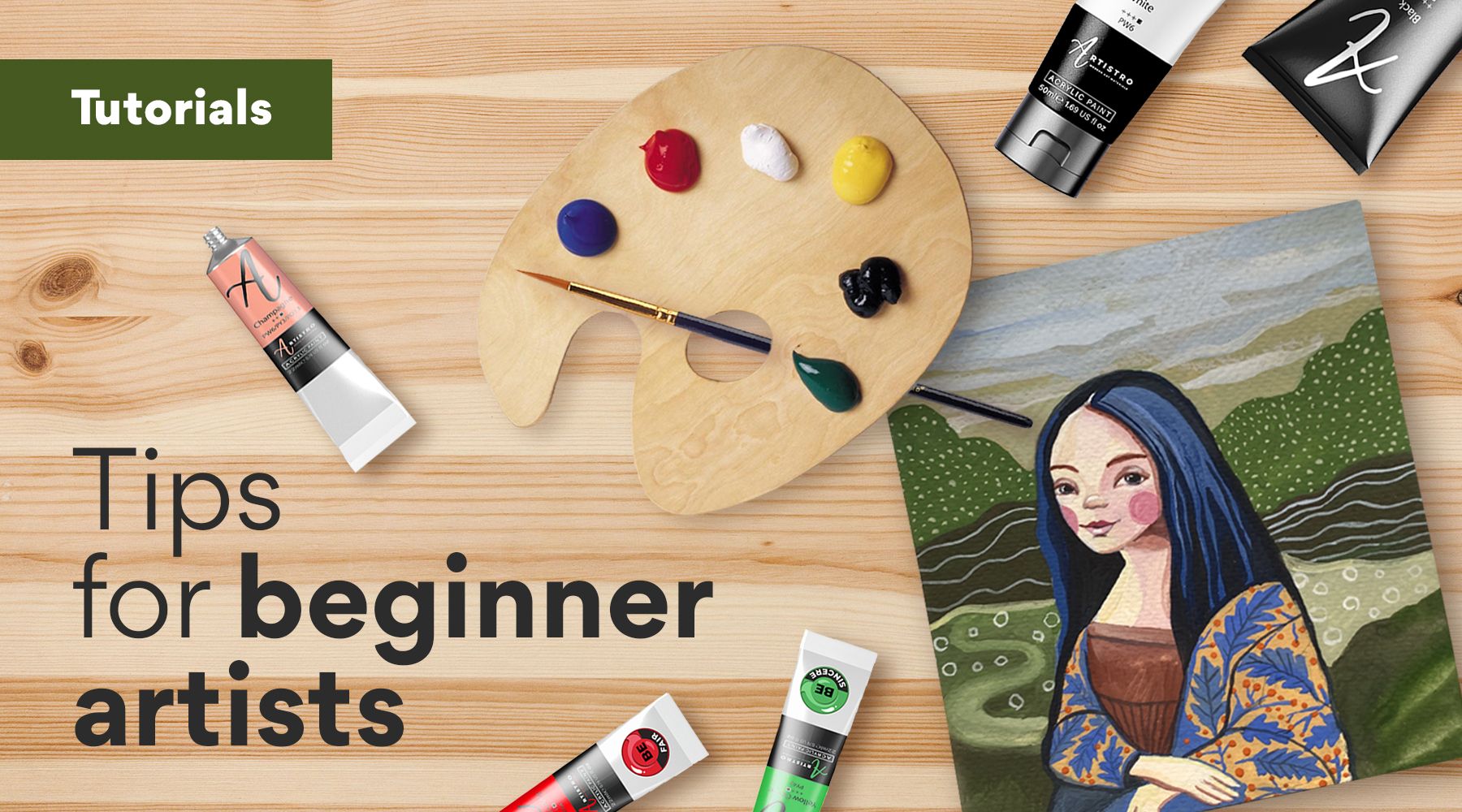Blitz News Digest
Stay updated with the latest trends and insights.
Brush Secrets That Will Transform Your Canvas
Unleash your creativity! Discover brush secrets that will elevate your canvas art to the next level—transform your painting skills today.
5 Essential Brush Techniques Every Artist Should Master
As an artist, mastering your tools is just as important as honing your creativity. Among these tools, your brush techniques play a crucial role in achieving the desired effects in your artwork. Here are 5 essential brush techniques every artist should master:
- Dry Brush: This technique involves using a brush with minimal paint to create a textured effect. It’s perfect for adding depth and subtlety to your pieces.
- Feathering: Feathering allows for a smooth transition between colors. By gently stroking the brush on the canvas, you can blend hues seamlessly, enriching your painting's overall aesthetic.
Continuing with our list of 5 essential brush techniques, we have:
- Glazing: This technique involves applying a transparent layer of paint over a dry layer to create luminous effects. It can enhance colors and bring your artwork to life.
- Stippling: Utilizing dots of paint rather than solid strokes, stippling adds complexity and texture to your work. This meticulous technique can help convey light and form effectively.
- Sgraffito: This method involves scratching through a layer of wet paint to reveal the layer beneath. It's an excellent way to create intricate designs and adds a unique visual element to your artwork.

How to Choose the Right Brush for Your Painting Style
Choosing the right brush for your painting style is crucial for achieving the desired effects in your artwork. Different brushes are designed for various techniques, and understanding these differences can enhance your painting experience. Flat brushes are excellent for creating sharp lines and broad strokes, while round brushes are ideal for detailed work and intricate designs. To start, consider the type of paint you use—oils, acrylics, or watercolors—as each requires different brush materials for optimal performance.
When selecting your brush, think about the size and shape that will best suit your painting style. For example, if you prefer larger canvases and want to cover more area quickly, a larger, flat brush may be the right choice. On the other hand, if your focus is on fine details or layering, smaller, precision brushes like rigger or liner brushes can be more effective. Ultimately, experimenting with different brushes can help you discover what feels comfortable and produces the results you desire.
What Brush Stroke Techniques Will Elevate Your Artwork?
Brush stroke techniques are essential for any artist looking to elevate their artwork. From wet-on-wet to dry brushing, each technique adds depth and texture that can transform a simple painting into a stunning masterpiece. For instance, the stippling technique involves applying small dots of paint to create intricate details and can be incredibly effective for achieving realism. Additionally, techniques like glazing allow artists to layer colors, enhancing luminosity and vibrancy in their pieces.
Experimenting with various brush stroke techniques can open up new avenues for creativity. Consider exploring scumbling, which involves lightly brushing on a layer of opaque paint, allowing the underpainting to show through. This technique can create a soft, atmospheric effect perfect for landscapes. Additionally, employing palette knife strokes can add bold textures and dynamic shapes that stand out in any composition. By incorporating and mastering these diverse techniques, artists can effectively elevate their artwork and evoke stronger emotional responses from viewers.